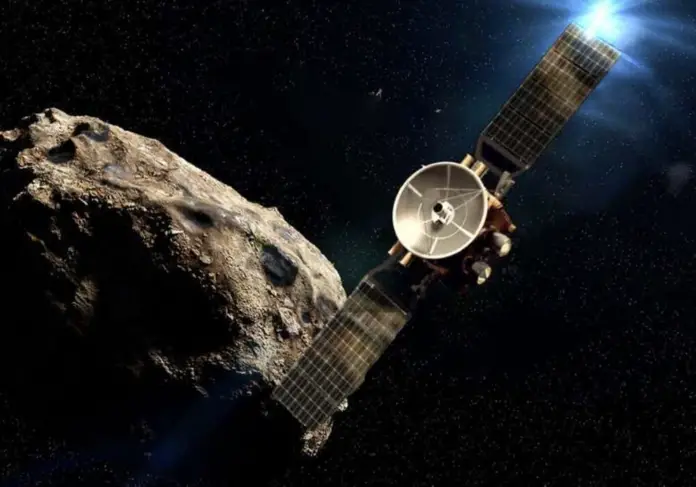The National Aeronautics and Space Administration (NASA) has launched a spacecraft in an experimental attempt to steer an asteroid off course, should a similar space body crashing on Earth become a reality, instead of just being cinematic fiction.
Officially called DART (Double Asteroid Redirection Test), the mission involved a car sized spacecraft, which was launched into space on a SpaceX rocket from Vandenberg Space Force Base in California on Tuesday night.
According to Al Jazeera, NASA scientist Thomas Zuburchen has said that the experiment was being conducted to obliterate possible future threats. NASA’s launch is targeted at asteroids that are about 140 metres in size and can raze down entire cities.
The asteroid that is being targeted with the experiment, however, is a 160-metre-wide space rock called Dimorphos, which poses no danger to life on Earth. Dimorphos orbits the sun together with Didymos, a much larger asteroid that is 762m wide.
Asteroids that pose no threat to Earth are referred to as ‘Near-Earth objects’, which are typically 48 million kilometres away from the planet. These harmless asteroids are estimated to be around 10,000 in number, but scientists suggest that around 15,000 more are waiting to be discovered.
DART would approach at a hefty speed of 24,000km/hr with the idea being that enough debris would be generated to swivel Dimorphos slightly off course. The exact amount of debris and therefore force of impact, however, is still unknown as the asteroid’s internal composition and porosity is unknown. To that end, DART investigation team head Andy Rivkin has said that every time they approached an asteroid, it was a mystery as to what would unfold. The impact is expected to materialize sometime between September 26 and October 1, 2022.
NASA’s proactive measure has been seconded by Planetary scientist Essam Heggy, who told Al-Jazeera that although the threat was perhaps millions of years in the future, there was a need to increase research and efforts to divert asteroids from Earth.
Heggy’s cautiousness about asteroids hitting earth is backed by scientists believing that 140m wide asteroids strike Earth once in 20,000 years. Heggy himself said that 100m asteroids were a veritable threat to the planet.
History has precedent too regarding an asteroid and Earth’s union being a lethal combo, as it was a 10km wide asteroid that crashed and caused dinosaurs to perish on Earth 66 million years ago.







